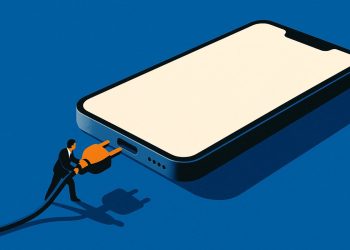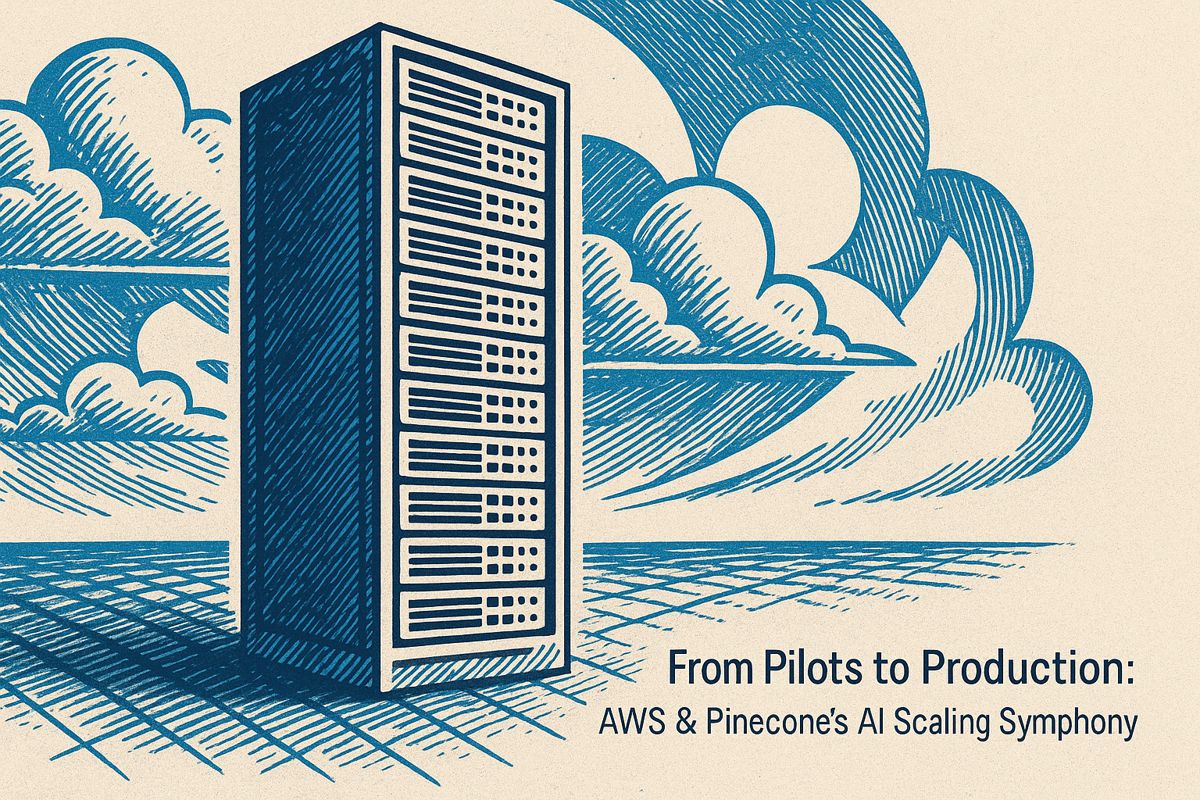Zoom CEO Eric Yuan predicts AI will create a 3-day workweek by 2030, a vision now gaining serious traction in the tech industry. Yuan argues that intelligent AI agents and “digital twins” will automate enough repetitive work, like attending meetings and managing email, to make a three or four-day schedule standard for many knowledge workers within the next five years.
Zoom’s plan: digital twins and AI agents
Zoom CEO Eric Yuan believes AI will enable a 3-day workweek by automating routine tasks. This includes using AI “digital twins” to attend meetings, summarize discussions, draft communications, and manage follow-ups, freeing up significant time for employees to focus on higher-value work or enjoy more leisure.
At the heart of Zoom’s strategy is the “digital twin” – an AI avatar designed to attend meetings, take notes, and even speak on a user’s behalf. Yuan demonstrated this technology, arguing that such agents will liberate employees from hours of meetings and email management, according to TechCrunch Disrupt 2025. Internally, Zoom’s product development now revolves around AI, with engineering teams focused on summarizing conversations, drafting content, and automating follow-up actions.
Early signals from the wider market
Yuan’s optimism is supported by emerging data. A 2025 Henley Business School poll found 57% of UK employees believe AI could enable a four-day week. In the U.S., the St. Louis Fed reported that generative AI users already save an average of 2.2 hours weekly – 5.4% of a standard workweek.
Corporate case studies show these gains are real. Microsoft has documented over 1,000 customer stories of reduced work hours with 365 Copilot. Specific examples of early adopters include:
- Campari Group: Staff save about two hours each week.
- Dairy Farmers of America: Employees reclaim up to 20 hours per month.
- Asahi Europe & International: A 15% reduction in administrative time.
- Canadian Tire Corporation: 30 to 60 minutes saved per employee daily.
- Localiza&Co: 8.3 hours returned to staff each month.
Why a shorter week still needs management
However, experts caution that technology alone won’t guarantee a shorter workweek. The World Economic Forum emphasizes that leadership and company culture will determine if AI-driven efficiency leads to more free time or simply an increased workload. This is reflected in Worklytics data, which shows 93% of high-AI adoption companies support a four-day schedule, compared to less than half of low-adoption firms.
Beyond workload, challenges like job displacement and surveillance anxiety must be addressed. Yuan himself acknowledges that automation will eliminate some roles, a concern detailed in a recent Fortune analysis.
The next five years
Looking ahead, the path to a shorter workweek appears technologically plausible. If AI assistants and automation tools continue their rapid evolution, reclaiming one full workday per week is a realistic outcome within five years. Ultimately, whether this reclaimed time translates into paid leave or is absorbed by new tasks will be decided by corporate policy, workplace culture, and employee advocacy.
What exactly is Eric Yuan’s timeline for a 3-day workweek, and how does Zoom plan to drive the change?
At TechCrunch Disrupt 2025 Yuan told the audience that “five years out, three days or four days [a week] – that’s a goal.”
The plan rests on three pillars:
– Zoom’s “digital twin” – an AI avatar that can attend meetings, negotiate contracts and answer emails so the human original can stay offline.
– Deep workflow automation – AI that reads, prioritises and even drafts replies to messages inside Zoom’s own product suite.
– Corporate culture reset – Yuan chairs multi-hour AI-strategy reviews every week inside Zoom and tells investors his capital-allocation mantra is “AI, AI, and AI.”
The company is already dog-fooding the tech: on the last earnings call Yuan let his twin handle part of the presentation.
How much human labour time is AI already saving inside real companies?
Hard numbers from 2025 deployments show the savings are no longer theoretical:
| Company / tool used | Hours saved per employee |
|---|---|
| Canadian Tire (Azure OpenAI assistant) | 30–60 min every day |
| Campari Group (Microsoft 365 Copilot) | 2 h per week |
| Localiza&Co (Copilot) | 8.3 h per month |
| Dairy Farmers of America (Copilot) | up to 20 h per month |
Across the wider U.S. workforce the St. Louis Fed calculates an average 5.4% cut in weekly hours for people who use generative AI – that is 2.2 hours freed up on a 40-hour schedule with heavy users saving four hours or more. Software and customer-support teams report 20-45% productivity jumps, the equivalent of working only three days to hit last year’s five-day output.
Which tasks will disappear first, and will jobs vanish too?
Yuan is blunt: “Some jobs will be eliminated.”
The early casualties are predictable:
– First-line customer support answered by AI chatbots.
– Meeting note-taking, slide prep, email triage.
– Basic contract drafting and RFP responses handled by AI agents.
Zoom’s own digital-twin demos show executives skipping internal syncs entirely; the avatar listens, summarises and flags only the 5% that needs a human decision. Goldman Sachs models suggest that if these efficiencies are passed back to workers rather than translated into heavier loads, the annual productivity lift of 1.5 percentage points is enough to fund a four-day norm without wage cuts.
What do other tech leaders and workplace studies say – is Yuan out on a limb?
He is walking a well-populated road.
– Bill Gates, Jensen Huang and Jamie Dimon have all publicly floated the three-to-four-day week within the decade.
– A 2025 Henley Business School poll shows 57% of UK full-time staff believe AI could make the four-day week standard; support climbs to 73% among HR professionals and 78% in IT.
– 93% of leaders at high-AI-usage firms are open to a shorter schedule, while low-AI firms barely break 50%, according to Worklytics 2025 data.
The consensus: AI is a necessary but not sufficient catalyst; companies still need deliberate process redesign and leadership guts.
What risks could turn the 3-day dream into a 7-day burnout?
Experts warn of two traps:
1. Productivity paradox – bosses use AI speed-ups to pile on extra assignments instead of handing back time.
2. Surveillance creep – always-on analytics tracking keyboard and mouse activity can push stress higher than the old five-day regime.
Zoom’s answer (still being tested internally) is to hard-code “time-back” KPIs: if an AI tool saves two hours, the calendar automatically blocks the slot as “protected focus time” and meeting invites are rejected. Yuan admits the policy needs customer pilot data before it becomes a marketable feature.



















